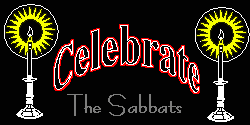|

|
moon phases |


In the past, when people lived with nature, the turning of the seasons and the
monthly cycle of the Moon had a profound affect on religious ceremonies. Because
the Moon was seen as a symbol of the Goddess, ceremonies of adoration and
and magic took place in its light. The coming of winter, the first stirrings
of spring, the warm summer and the arrival of fall were also marked with rituals
The Wiccans, heirs of the pre-Christian folk religions of Europe, still celebrate
The Full Moon and observe the changing of the seasons. The Wiccan Religious calendar
contains 13 full moon celebrations, called Esbats, and 8 Sabbats or days of power
There are 12 to 13 Full Moons yearly, or one every 28 1/4 days. The Moon is the
symbol of the Goddess as well as a source of energy. Thus, after the religious
aspects of the Esbats, Wiccans often practice magic, tapping into the larger
amounts of energy which are thought to be available at these times.
Some old Pagan festivals, stripped of their once sacred qualities by the
dominance of Christianity, have degenerated. Samhain seems to have been
taken over from the candy manufacturers in the United States, while Yule
has been transformed from one of the most holy Pagan days to a time of gross
commercialism. Even the later echoes of a Christian savior's birth are
hardly audible above the electronic hum of cash registers.
But the old magic remains on these days and nights, and the Wicca celebrate
them.


